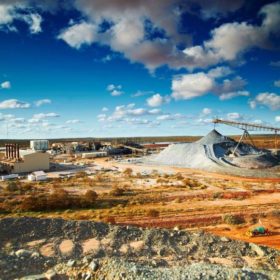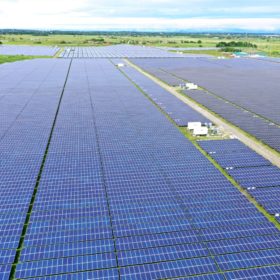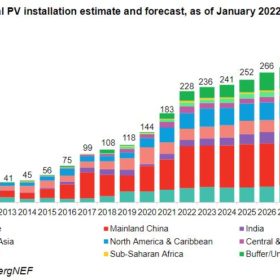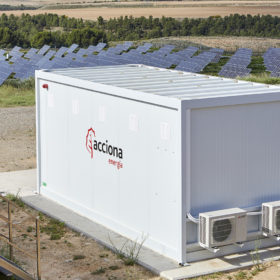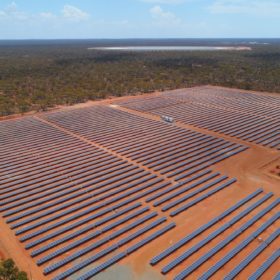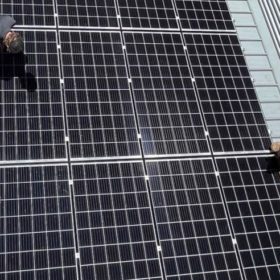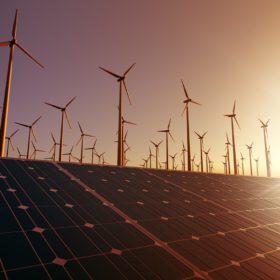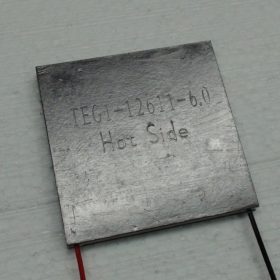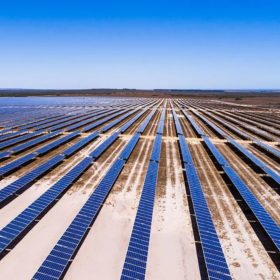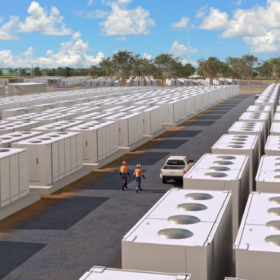BHP begins work on Northern Goldfields solar+storage system
Construction has commenced on an off-grid solar PV and battery energy storage system which will help power Australian-headquartered resource major BHP’s estimated $1 billion Nickel West mining operation in regional Western Australia.
Philippines launches 2 GW renewables auction
The Philippines’ Department of Energy hopes to allocate 1,260 MW of solar through the procurement exercise.
BloombergNEF says global solar will cross 200 GW mark for first time this year, expects lower panel prices
The analyst also forecasts strong growth for the storage business and a significant increase in PPAs for photovoltaic projects in Europe. It also said the newly installed PV capacity for 2021 reached 183 GW.
Australian zinc-bromide batteries chosen for Acciona’s Spanish testing field
Gelion’s zinc-bromide Endure batteries will undergo commercial tests at the 1.2 MW Montes del Cierzo testing field Spanish renewable energy company Acciona Energía operates in Navarra, in the north of Spain.
The panel and the city
U.S. researchers have investigated how rooftop PV systems may affect air and building temperature in urban environments and, conversely, how the urban heat island (UHI) effect may have a negative impact on PV system performance. Their work considered urban air temperature, urban air pollution, the partial shading of the PV system, soiling, building heating and cooling loads, and outdoor shade.
Solar expansion at WA mine to deliver 100% renewables in daylight hours
Remote power generation specialist Zenith Energy will build upon its renewable energy options at Western Australian miner IGO’s Nova nickel site to demonstrate it is possible to use 100% renewables to meet the demands of an operational mine site.
Bendigo banking on Australian-made solar modules for savings
Australian financial institution Bendigo and Adelaide Bank has turned to solar PV to improve its bottom line with a 200 kW rooftop system installed atop its major corporate site in Bendigo in regional Victoria.
Singapore secures stake in Australian green hydrogen projects
Singapore’s trillion-dollar sovereign wealth fund GIC has made a “strategic” investment in renewables developer InterContinental Energy, one of the major players behind mega solar and wind-powered green hydrogen projects planned for Western Australia’s Pilbara and southeast regions.
Coupling photovoltaics with thermoelectric cooling
An international research team has investigated how solar could be combined with thermoelectric coolers (TECs), which are small solid-state heat pumps used either for heating or for cooling. A system was built with six solar panels, an air duct system, four batteries, a charge controller, TECs, an inverter, heat sinks, a test chamber, and condenser fans.
UGL secures solar projects as part of $296 million works package
Australian engineering firm UGL has secured the design and works contract for an 88 MW solar farm in outback Queensland and the engineering, procurement and construction contract for an 87 MW solar farm in South Australia as part of a works package expected to deliver a combined revenue of more than $296 million.
